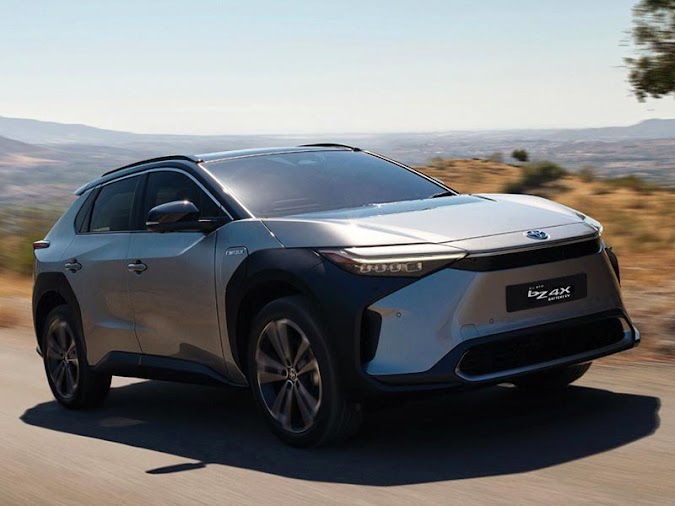Understanding the Basics of Car Insurance Coverage
Introduction:
Car insurance coverage is an essential aspect of owning and operating a vehicle. Understanding the different types of car insurance coverage available can help you make informed decisions and ensure that you have adequate protection. In this article, we will explore the typical car insurance coverage options and their significance. Car insurance quotes,Compare car insurance online,Buy car insurance online,Auto insurance,Commercial auto insurance,Small business insurance,Professional indemnity,General liability insurance,e&o insurance,Business insurance,Car insurance,Insurance quotes,Insurance,Rental insurance,,Cheapest insurance,Insurance forbusinesses,Insurance in a business,Car insurance companies.
Liability Coverage:
Liability coverage is a fundamental component of car insurance and is usually required by law. Bodily injury liability covers medical expenses, legal fees, and lost wages for others involved in an accident you caused. Property damage liability covers the repair or replacement costs of other people's property damaged in an accident you are at fault for.
Collision Coverage:
Regardless of who is at fault, collision coverage will cover the cost of repairing or replacing your vehicle, up to its actual cash value. Keep in mind that collision coverage is optional, but it is advisable to have if you have a newer or more valuable vehicle.
Comprehensive Coverage:
Comprehensive coverage provides protection for damages not caused by a collision. This includes theft, vandalism, natural disasters, falling objects, fire, or hitting an animal. Comprehensive coverage also covers the replacement or repair costs of your vehicle up to its actual cash value, minus the deductible.
Personal Injury Protection (PIP):
Personal Injury Protection, commonly known as PIP or no-fault insurance, covers medical expenses, lost wages, and other related costs regardless of who caused the accident. PIP coverage is required in some states and can vary in terms of coverage limits and benefits.
Uninsured/Underinsured Motorist Coverage:
Uninsured/underinsured motorist coverage protects you if you are involved in an accident with a driver who either doesn't have insurance or has inadequate coverage. This coverage helps pay for medical expenses, lost wages, and property damage caused by the uninsured or underinsured driver.
Medical Payments Coverage:
Medical payments coverage, also known as MedPay, covers medical expenses for you and your passengers regardless of fault in an accident. MedPay can help with medical bills, ambulance fees, hospitalization, surgery, and funeral expenses.
Conclusion:
Understanding the various types of car insurance coverage available can help you make informed decisions when selecting a policy. It's crucial to evaluate your needs, assess the value of your vehicle, and consider your budget when choosing coverage options. Remember, while meeting the minimum legal requirements is essential, it's often wise to have additional coverage to protect yourself and your assets in the event of an accident. Consult with insurance professionals to determine the most suitable coverage for your specific circumstances. Car insurance quotes,Compare car insurance online,Buy car insurance online,Auto insurance,Commercial auto insurance,Small business insurance,Professional indemnity,General liability insurance,e&o insurance,Business insurance,Car insurance,Insurance quotes,Insurance,Rental insurance,,Cheapest insurance,Insurance forbusinesses,Insurance in a business,Car insurance companies.


Posting Komentar untuk "Understanding the Basics of Car Insurance Coverage"